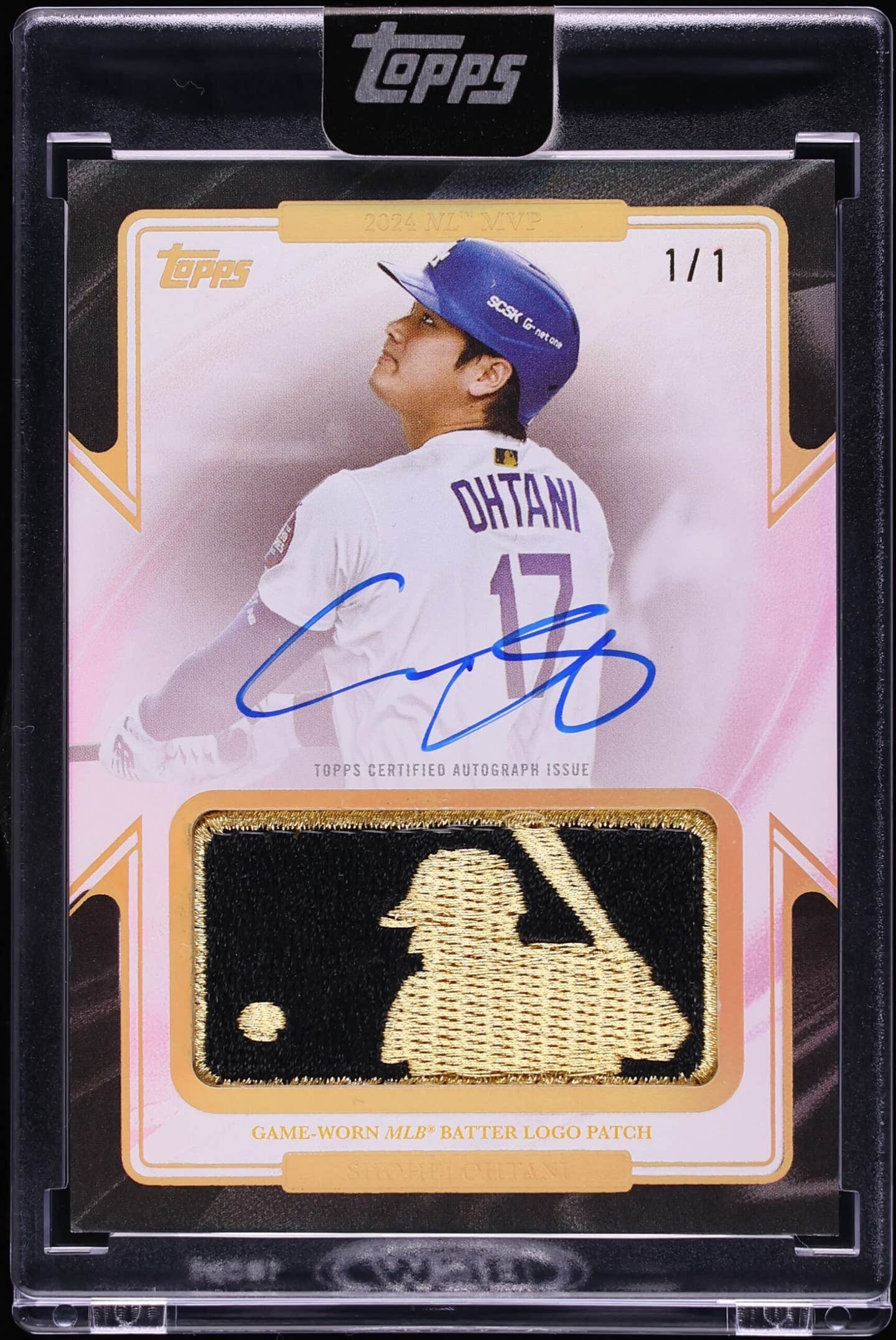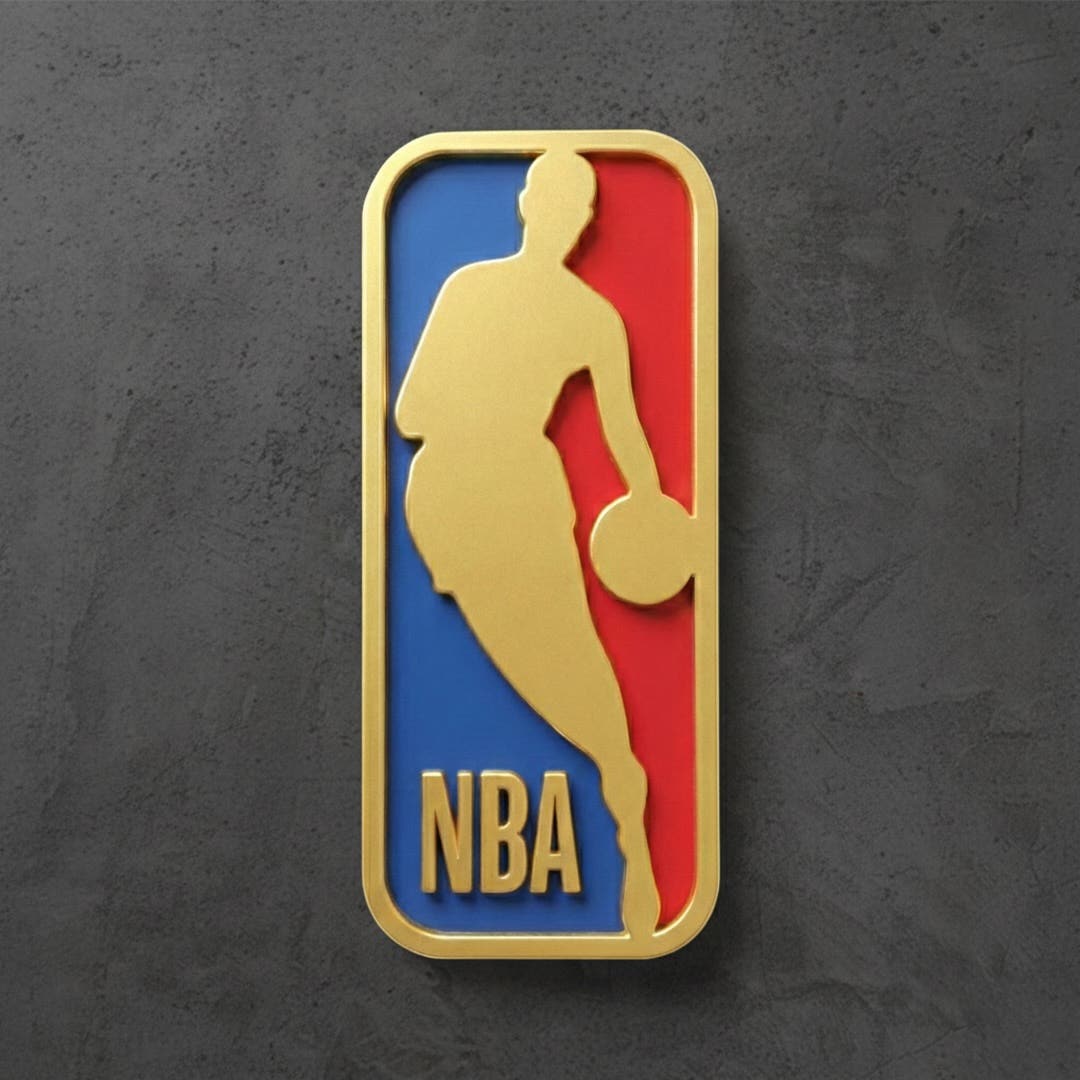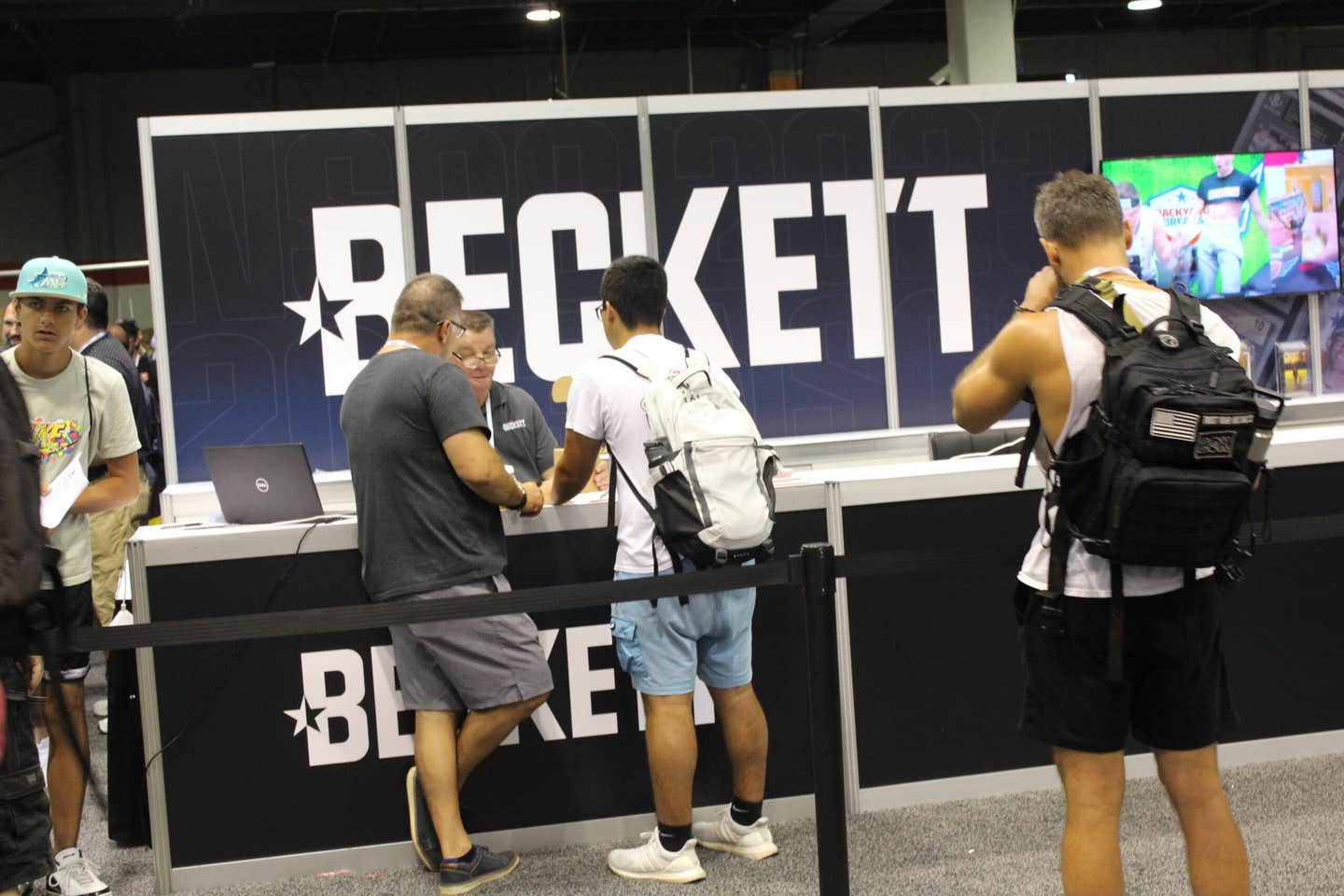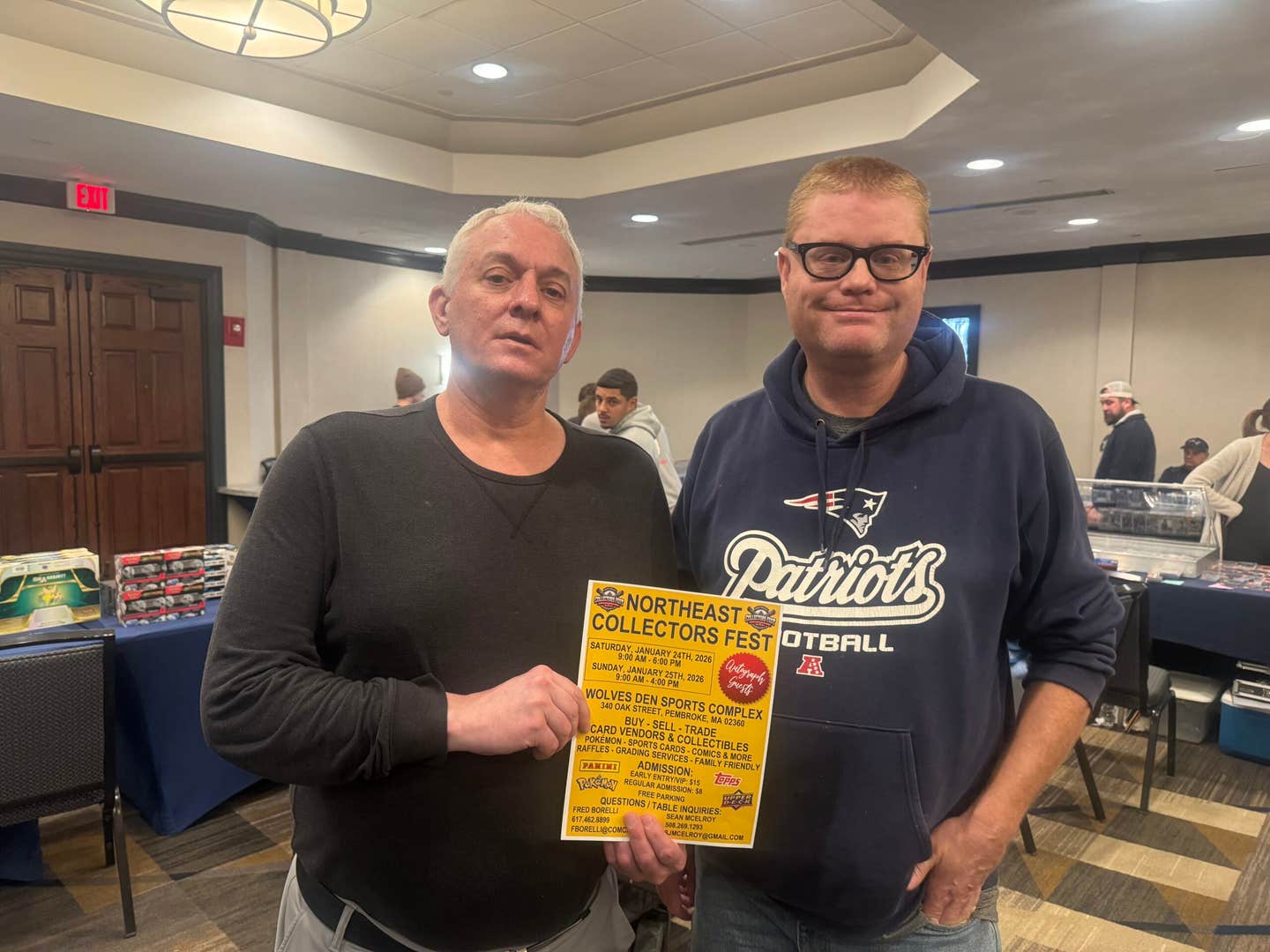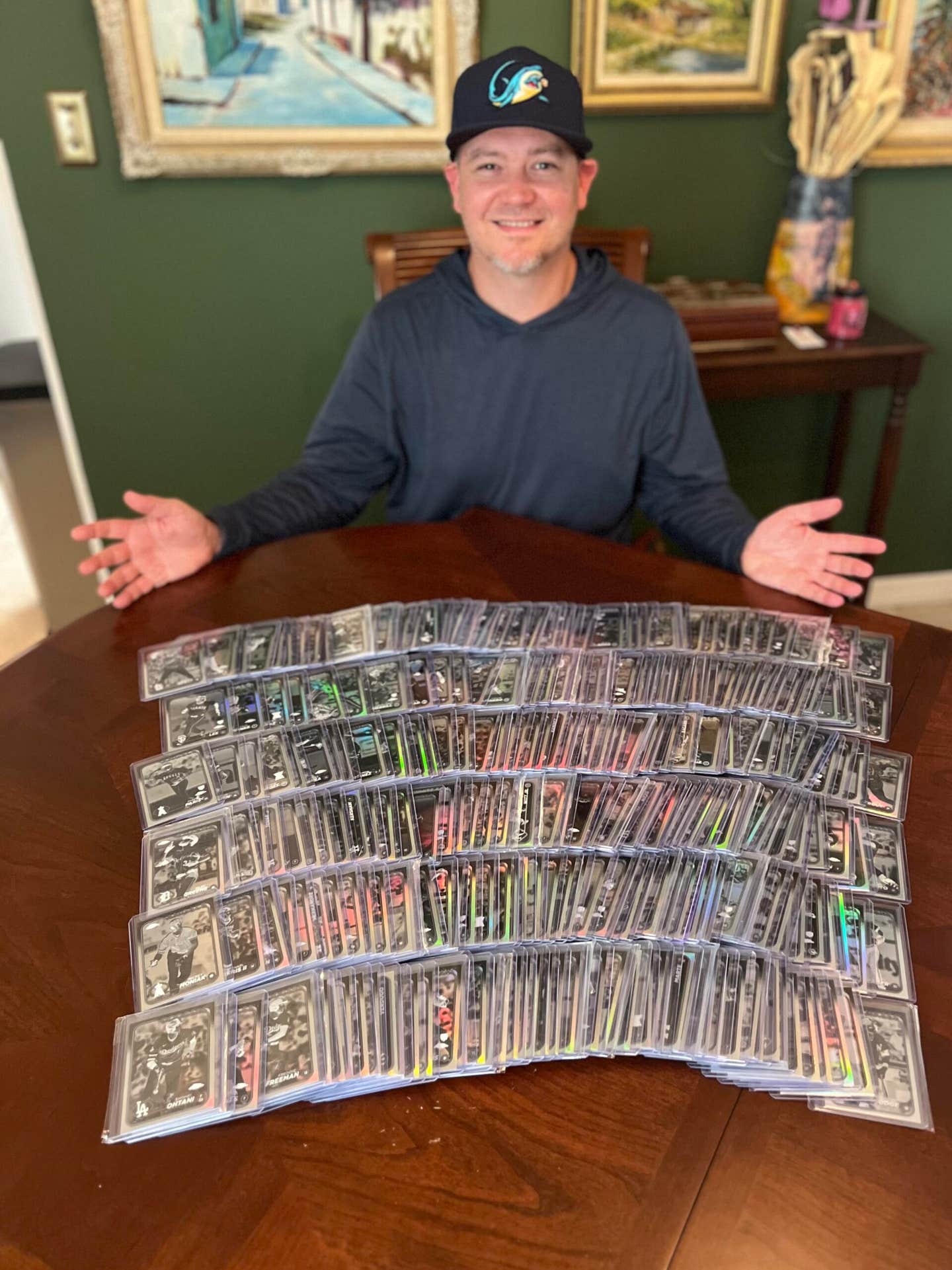Football
The Quarterback Factories
“Some guys have all the luck, some guys have all the pain…” You may or may not remember that Rod Stewart song from the 1980s. Either way, we’ll paraphrase it to fit football: When it comes to quarterbacks, some teams have all the luck, some teams have all the pain.
Consider the difference between, say, the Green Bay Packers and Detroit Lions.
The Packers could carve out an impressive Mount Rushmore of quarterbacks: Hall of Famers Bart Starr and Arnie Herber, future HOFer Brett Favre and Aaron Rodgers, MVP of this year’s Super Bowl.
As for the Lions, they could certainly start chiseling the square jaw of Bobby Layne into a mountainside, but after that, who? Milt Plum? Bill Munson? Lefty Scott Mitchell, who had a 27-30 record? Or maybe Greg Landry, who ranks second in touchdown passes in team history with 80 over a 10-year span? (To Landry’s credit, he did run for 19 more.)
Clearly, the Lions need to let the next couple of decades play out before finding their first big-time, highly collectible quarterback since Layne. Actually, the last time Detroit won a championship, 1957, also was the year they shocked the football world by trading Layne to Pittsburgh two games into the season. Later that season, Detroit walloped Cleveland in the NFL title game 59-14 behind quarterback Tobin Rote’s four touchdown passes. Rote had spent the previous seven seasons playing for – who else? – Green Bay.
Meanwhile, the Packers have used their impressive tradition of quarterbacking excellence in winning 13 NFL championships. Starr, of course, led Vince Lombardi’s 1960s dynasty to five of them. Herber was part of four title-winning Packers teams, while Favre and Rodgers each have one ring.
It’s safe to say that no other NFL team can boast as impressive – and collectible – a quartet of quarterbacks as Green Bay can. But just for fun, let’s try to make an argument for a few contenders who could at least start a “Mount Rushmore of QBs.”
Buffalo Bills
The Buffalo Bills can toss out the name of Hall of Famer Jim Kelly, who led his team to four straight Super Bowl berths (albeit losing ones) and Jack Kemp, who won two AFL championships and an MVP Award in the 1960s. Kemp’s career numbers weren’t great (77 touchdown passes and 132 interceptions during his seven seasons with Buffalo), but his prominence as a politician adds to his collector appeal. Kemp served as Housing Secretary in the G.H. Bush administration and in 1996 ran for the U.S. vice presidency as part of Bob Dole’s Republican ticket.
After Kelly and Kemp, we’d get to work on sculpting, yes, Doug Flutie, partly because of his 21-9 record as a starter in Buffalo and partly because of his underdog appeal. Plus, he inspired his own breakfast cereal – remember Flutie Flakes?
Then, however, the Bills fall short, even if we did enjoy watching the likes of Joe Ferguson and Dennis Shaw play in the 1970s.
Tennessee Titans
The Tennessee Titans (originally Houston Oilers) have had a trio of productive quarterbacks in Steve McNair, Warren Moon and ol’ George Blanda. The latter two landed in the Hall of Fame, but none of these estimable names have lit up the collecting marketplace. When you drill deeper into Oilers history, the next name to come up is Dan Pastorini, a strong-armed but erratic quarterback who had 96 touchdown passes, 139 interceptions and a 53-54 record as a starter during his nine years with Houston.
Other possibilities
Several other franchises are in the same boat with three (arguably) Rushmore-worthy names, then a precipitous drop-off.
The Redskins can point to Sammy Baugh and Sonny Jurgensen, both Hall of Famers, and Joe Theismann, who had a 74-47 record as a starter and still holds the team’s career record for passing yards. After that, you’d be looking at Mark Rypien or Billy Kilmer – effective leaders, but not quite at the Baugh/Jurgy/Theismann level of talent and collector appeal.
The Rams (who played in Cleveland and then Los Angeles before moving to St. Louis) boast Hall of Famer Norm Van Brocklin, future HOFer Kurt Warner and underrated Roman Gabriel. All had winning records as Rams starters (42-30-3 for Van Brocklin, 35-15 for Warner and 74-39-6 for Gabriel). After that, we’re looking at Jim Everett or Marc Bulger, neither of whom had winning records, and neither of whom inspired a mass following among collectors.
The San Diego Chargers have a number of gunslingers in their annals, starting with John Hadl in the 1960s and picking up with Dan Fouts in the 1980s. Now it’s Philip Rivers who is keeping the tradition alive. You could make a case for that trio as Mount Rushmore subjects, but then you’d be stumped. Drew Brees is tempting, but he played a relatively short span in San Diego (five years) and hadn’t yet found his groove. Stan Humphries merits a thought, but that’s it. Humphries fell short in his lone Super Bowl appearance and never became a “hobby star,” as they say.
The Steelers have Terry Bradshaw and Ben Roethlisberger, but then who? Bobby Layne did play for the team late in his career, but he lasted less than five years in Pittsburgh. Neil O’Donnell, anyone? Kordell Stewart?
And how about the Colts? Johnny Unitas and Peyton Manning are two of the best and most collectible quarterbacks of all time, but they get the Colts only halfway through a Mount Rushmore treatment. The franchise’s most effective quarterback beyond Johnny U and Peyton were Bert Jones and Jim Harbaugh. While both had their moments and were admirable leaders for good stretches, neither had a winning record as a starting quarterback. Likewise, the Miami Dolphins have two HOFers as a starting point, but after Dan Marino and Bob Griese, it’s slim pickings with Jay Fiedler, Don Strock or David Woodley.
Matching up with Green Bay
So which franchises come closest to Green Bay in terms of QB success? We’ve narrowed it down to two teams. One of them is the Dallas Cowboys. Again, we’ve got two HOFers, Roger Staubach and Troy Aikman. The third candidate, Danny White, is an underrated quarterback, at least outside of Big D. He threw 155 touchdown passes for the Cowboys (two more than Staubach and 10 fewer than Aikman), and more important, his record as a starting quarterback was 62-30.
The fourth face for our Dallas “Rushmore” is Dandy Don Meredith. He had a winning record (48-33-4), while throwing 135 touchdowns vs. 111 interceptions. But before we start chiseling, we’ll see how Tony Romo’s career plays out. He certainly has a chance to dent the Cowboys’ record books in the coming seasons.
And, finally, there’s the San Francisco 49ers, who come closest to matching the Green Bay quartet.
Joe Montana and Steve Young are the Favre and Rodgers of San Francisco (or vice-versa 49ers fans would say). Both are Hall of Famers and longtime favorites among collectors. They made it to the top of the mountain multiple times. Montana owns four Super Bowl rings and Young two.
The third name would be Yelberton Abraham “Y.A.” Tittle. He finished his career with four illustrious seasons as a New York Giant, but prior to that, he spent 10 years leading the 49ers to a 45-31-2 record. He never won a title, but he’s got a bust in Canton.
The fourth 49er quarterback is John Brodie, who inherited Tittle’s job after Y.A. was shipped to the Giants. Like Tittle, Brodie fell short of a championship, and in fact had a sub-.500 record as a starter (74-77-8). But he was a savvy, productive quarterback for some mediocre 49ers teams, throwing for 31,548 yards (second in 49ers history to Montana) and 214 TDs. And he got better with age, leading the Niners to the playoffs in three of his final four seasons.
Yet not even the 49ers’ Big Four matches up to the Packers quartet of Herber, Starr, Favre and Rodgers.
Those legendary Packers
Early in the franchise’s history, Arnie Herber helped make the Packers competitive by consistently completing long throws in a “run-first” era. His passing helped Green Bay win championships in his first two seasons, 1930 and 1931. In 1936 and 1939, he quarterbacked the team to two more titles. Herber also played tailback, halfback, punter and even defensive back, intercepting two passes in 1940. He then retired, but like Brett Favre would do almost 70 years later, he “unretired,” coming back to play for the Giants in 1944 and 1945, when World War II left NFL teams depleted.
Herber died in 1969 at age 59, so he wasn’t around when the autograph-collecting boom happened. Consequently, his signature is a rarity and can sell for $400 or more as a cut signature and upward of $750 on a photograph.
Starr was the perfect quarterback for the Lombardi Packers – methodical, cerebral and decisive. It helped to have a backfield of Jim Taylor and Paul Hornung, of course, but Starr’s accurate passing commanded respect from defenses. He led the Pack to NFL titles in 1961, 1962, 1965, 1966 and 1967 (the latter two marking the first Super Bowls).
Starr has always been an ideal role model, and he’s also been active in the autograph market, although his distinctive and bold signature remains valuable. His rookie card is a real prize in the hobby, too. It appeared in the 1957 Topps set and can sell for several hundred dollars. If the card captures a high grade by an authentication company, the value could reach four figures. A Starr rookie graded 88 NM/MT by SGC recently fetched $1,800.
Favre’s long and remarkable career has been well documented. He played more than 20 years, 16 of them as the heart and soul of the Packers. He rewrote the NFL record books, passing for 508 touchdowns and 71,838 yards. And talk about unbreakable records – who’s going to challenge Favre’s mark of 321 consecutive starts, including playoffs?
One other Favre record, unofficially, to consider is this: most football cards. Seriously, which player has appeared on more different base cards and insert cards in more sets than Favre? Collectors still love his Stadium Club rookie from 1991. A Mint-condition, 10-grade example of that classic (with Favre in a Falcons uniform) recently sold for $1,250.
Years from now, the memory of Favre as a Falcon, Jet, or Viking will fade and his green-and-gold memorabilia will stand out. One of the nicest pieces of Packer memorabilia is anything signed by both Favre and Starr. Such pieces, for Packer fans, will be even sweeter if Aaron Rodgers adds his autograph.
It’s too early to call Rodgers “classic,” but he’s on that path. And collectors are responding – anything with his name on it has been surging in value ever since the 2010 Packers began their Super Bowl run. He’s played only three seasons as a starting quarterback, but if you ask the collecting marketplace, he’s already Starr-quality.
Larry Canale can be reached at larrycanale@comcast.net.




